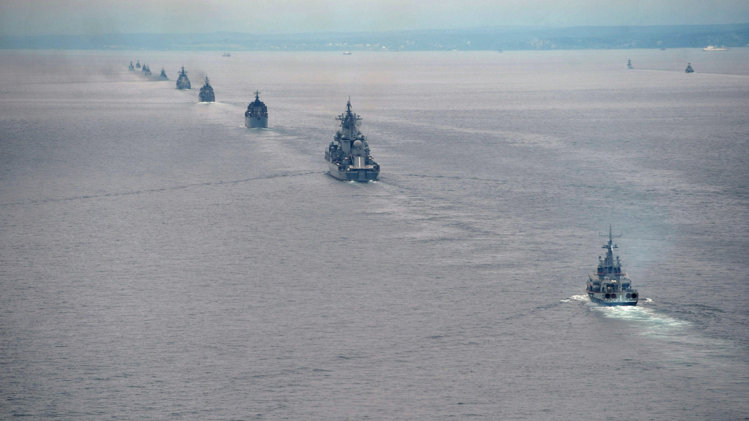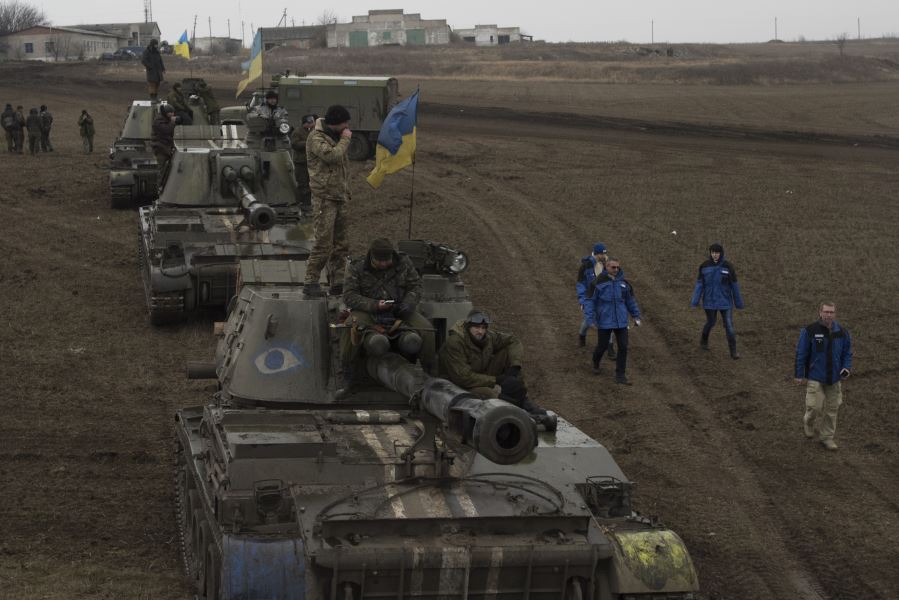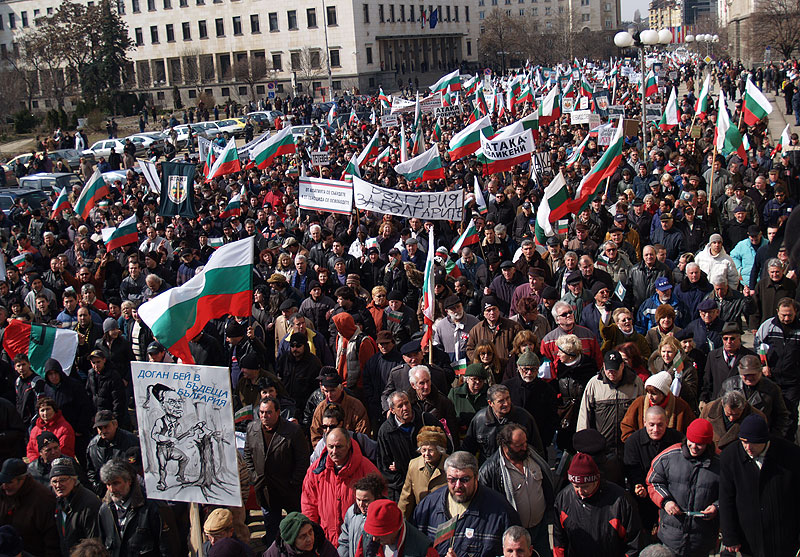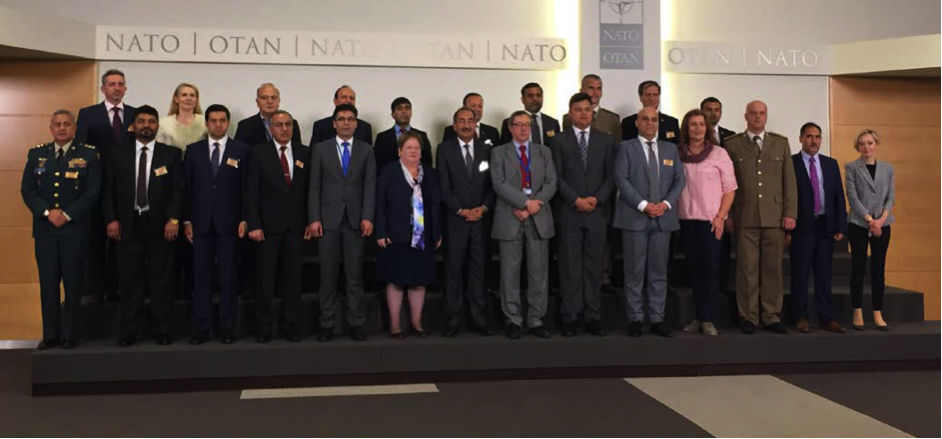On 17th July 2013 Russia organized a spectacular display of military might along its Pacific coast in its largest military exercise since the Cold War. Two aspects of Russian military during the exercise stood out; size, and speed of deployment. The combination of these factors offers important insight into Russia’s changing security doctrine, which in turn has implications for NATO.
This type of “snap exercise” has become common since the promotion of Sergei Shoigu as Defence Minister in November 2012. Shoigu has stressed the importance of modernizing and improving the mobility of the Russian armed forces.
The Pacific military exercise involved over 160,000 soldiers, 1000 tanks, 130 planes and 70 war ships. These numbers represent slightly more than half of the American invasion force that flooded into Iraq in the spring of 2003. It s also overshadow two other training exercises that were held in the past week. The first was the Russian and Chinese joint naval engagement in an unprecedented exercise that included naval use of guided-missile cruisers and destroyers. The second convened 500 soldiers for a mock counterterrorism exercise in a training centre north of Moscow.
The other remarkable aspects of the Pacific military exercises was the rapid deployment of a large force to a remote location such as Sakhalin Island. After issuing deployment orders, President Putin only gave the forces two days to reach and organize its defensive strategies. It was an extremely ambitious task given that several units had to travel more than 3000 km from their usual deployment zones. To facilitate this transfer, the military was given exclusive use over 700 flat wagons and 50 railway cars. Fighter jets and naval forces were giving simulated protection to these units as they managed the ferry crossing to the island.
At a first, it is easy to classify the Pacific exercise as a test of the Russian armed forces’ ability to effectively and rapidly deploy troops and military vehicles. Putin ordered Shoigu to give special attention to the mobility of large military units. The fact that Putin only gave the units two days to travel a vast distance suggests that this was also a test of Russia’s railway capacities with regards to military usage.
Throughout history, mobility has arguably been the greatest issue facing the Russian military. In the Cold War era, Soviet military strategies were aimed at defending its Western borders. This is understandable given that Russia had been invaded three times since 1800 through its Western border – once by Napoleon in 1812 and twice by Germany during the World Wars. Each invasion was calculated on Russia’s inability to mobilize its forces across its expansive territories.
That being said, the selection of Sakhalin Island in Russia’s Far East could also speak of Putin’s changing view on Russia’s security interests. While the defense ministry maintains that these exercises were not meant to flex Russia’s muscles or suggest the possibility of foreign intervention, several military analysts believe that the exercise was a simulated response to a hypothetical attack from Japanese and US forces.
The sheer magnitude of the reactionary force and the joint naval exercise with China earlier that week further support this hypothetical scenario. If the training mission was indeed a defensive exercise of the Far East Russia, it could also be an indication of Putin’s shift towards the East, believing that the next great threat to Russian stability will come from the East, not the West.
For NATO strategists, an Eastward shift by Putin puts more emphasis on the Pacific maritime security. Russia is no longer the expanding world power that it was in its Soviet days. Putin is clearly intent on maintaining Russia’s global stability and avoiding confrontations with the West.




